Coming up with a list of fruits that start with N can be a bit tricky! Aside from nectarines, you may be wondering what other fruits begin with N. These 22 fruits range from the simple to the exotic. Read through this list to discover something new, and consider giving a few of these fruits a try!
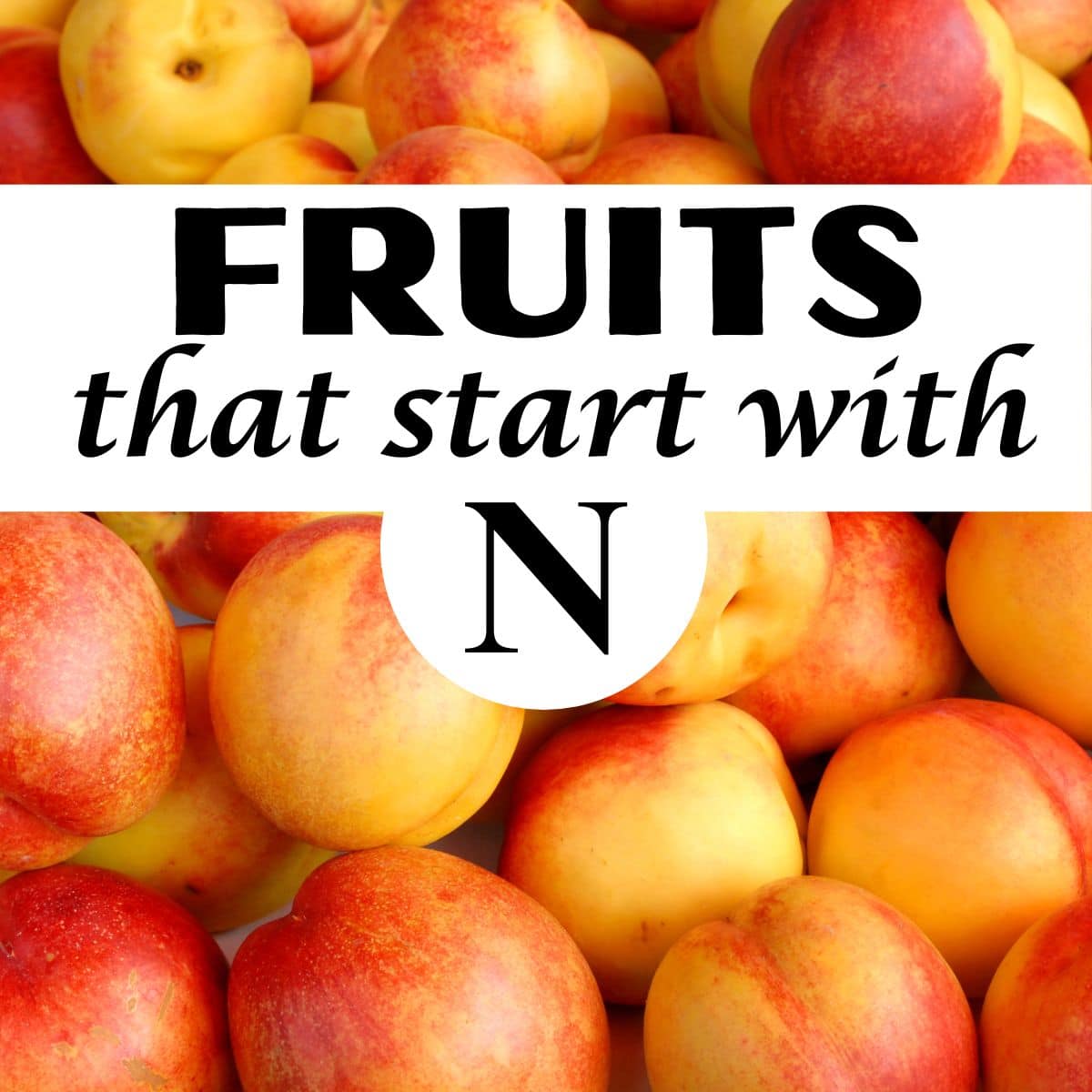
I’m enjoying working through the alphabet to discover new and exciting fruits and vegetables to try. So far, I’ve covered 46 Vegetables that Start with F, 16 Fruits that Start with E, 25 Fruits that Start with S, and 51 Foods That Start with O. Today; I’m covering Fruits that Start with N! Through my research, I found new and exciting fruits I didn’t know existed, as well as tried and true favorites. As you read through this list, I hope you consider giving a few of these N fruits a try!
Jump to:
Fruits that Start with N
Here is a list of 20 Fruits that Start with N. Read on to discover where each fruit is from, what it tastes like, how to prepare it, and the vitamins and minerals in each one.
- Naartjie
- Nagami Kumquat
- Nageia Nagi
- Nam Dok Mai
- Nance
- Naranjilla
- Nashi Pear
- Natal Plum
- Naval Orange
- Nectacotum
- Nectarines
- Neem
- Nepali Hog Plum
- Nere
- Newtown Pippin Apple
- Nocera
- Nonda Plum
- Nopales
- Northern Spy Apple
- Nungu
- Nutmeg
- Nuts
Naartjie
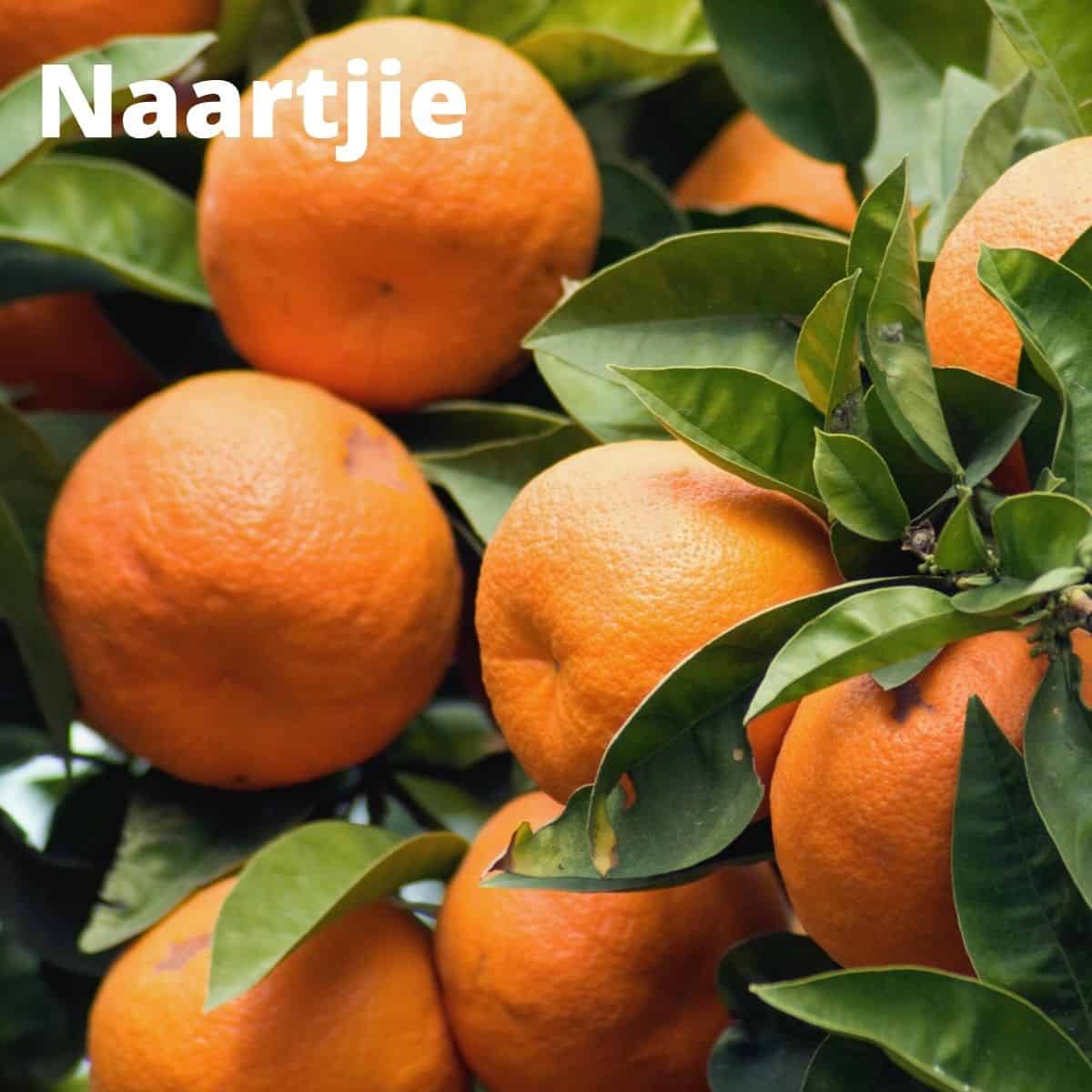
Resembling an orange, naartjie fruit is a citrus fruit that grows primarily in South Africa, but it originates from East Asia. It has a sweet citrus orange flavor similar to mandarin oranges. There are many ways to enjoy it, but the best way is to eat it fresh. The peel is easy to remove, and the flesh is delicate and sweet. Naartjie is a good source of vitamin C, and pharmaceuticals such as Naartjie Terpenes have many health benefits. They are also anti-inflammatory, antibacterial, and antimicrobial and help balance hormones thanks to vitamin A.
Nagami Kumquat
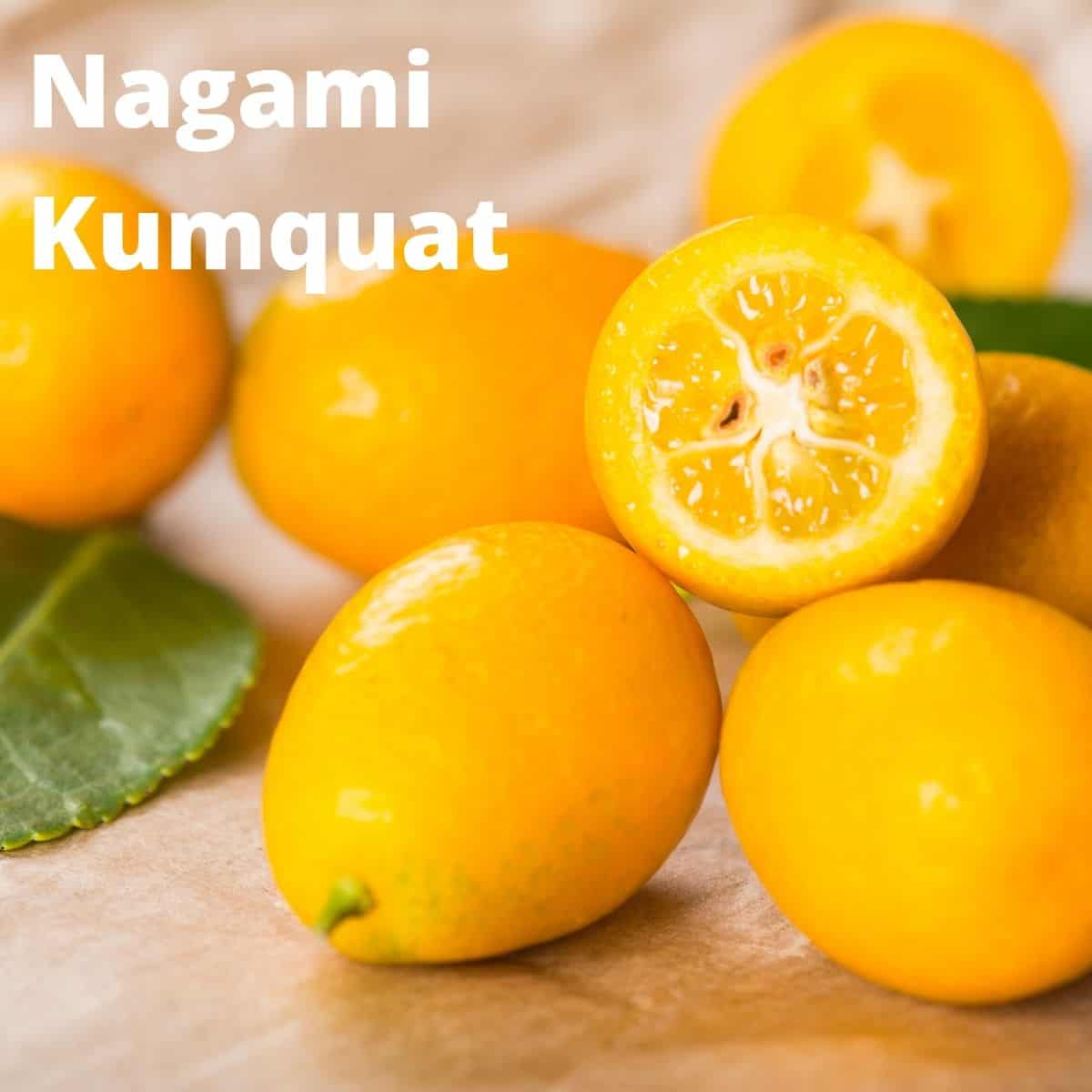
If you’ve tasted or seen kumquats you’ve likely eaten a nagami kumquat as they are the most popular kumquats sold. These tangy oval-shaped citrus fruits are native to China but were brought over to Florida where they also grow. They require a warm and humid climate. Enjoy these fruits fresh, make them into juice, jam, or add them to your baked goods. The rind is delicious to eat too! They are an excellent source of vitamin C and fiber!
Nageia Nagi
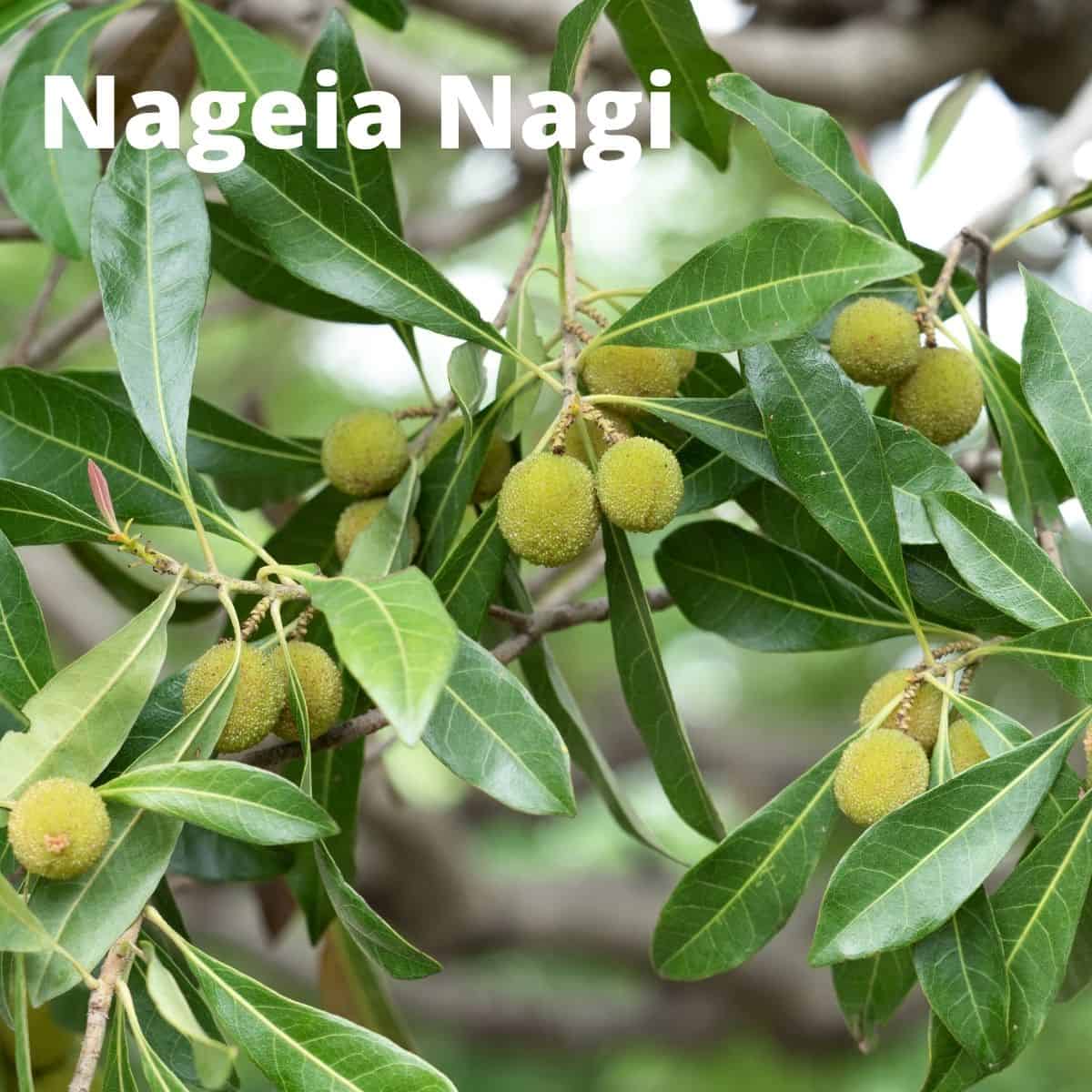
Asian bayberry, the Nageia Nagi,, is native to China, Japan, and Taiwan. It is part of the family of evergreen shrubs and trees. The tree produces small blue fruit. There are not many edible uses for the Nageia Nagi. The leaves are boiled and eaten, and the seeds yield an oil that can be used in cooking.
Nam Dok Mai
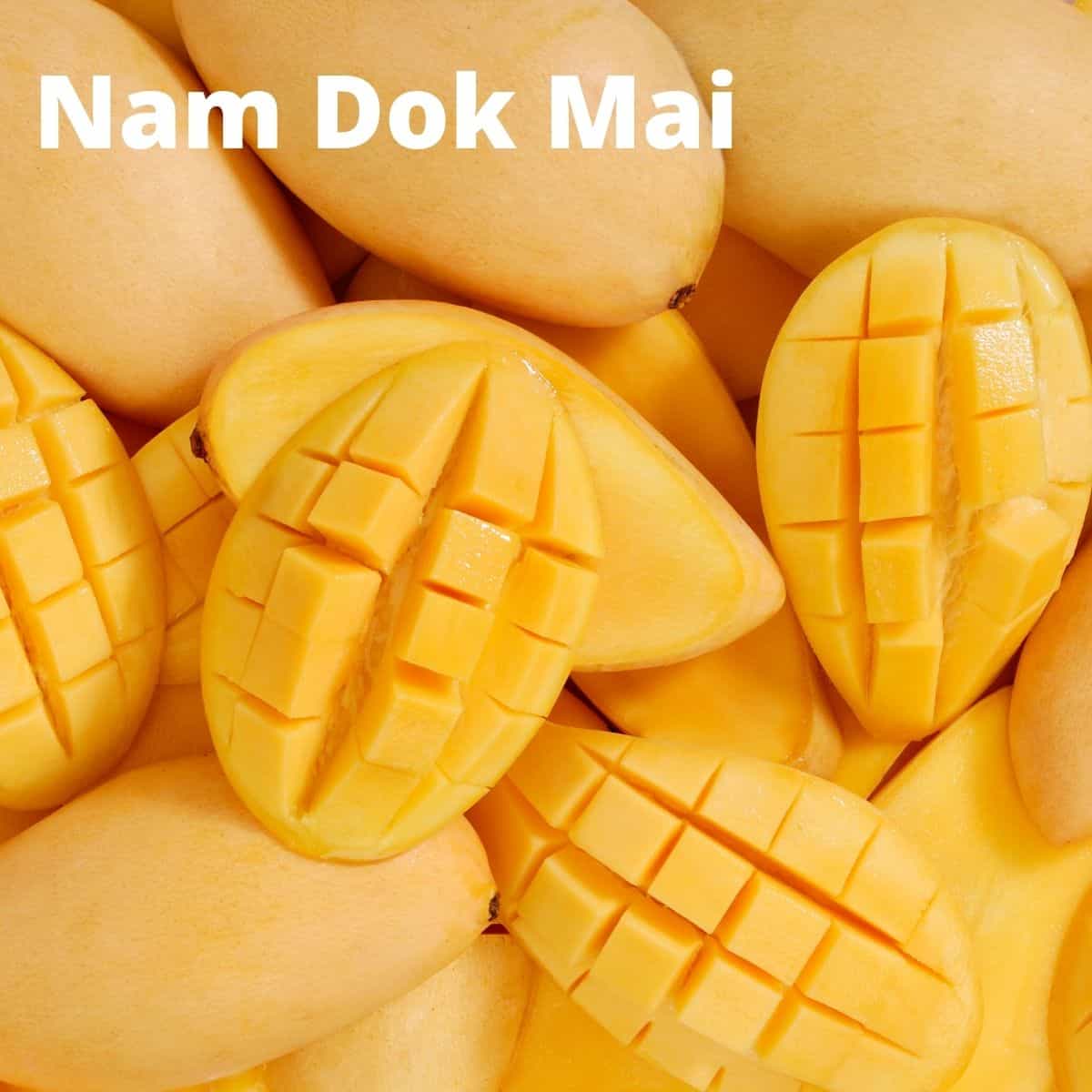
A type of mango that is grown in Thailand and Australia. It has a sweet flavor, and can be eaten fresh and raw, or added to a smoothie, or anyplace else you would use mango. Mangos are exceptionally high in vitamin K and vitamin C.
Nance
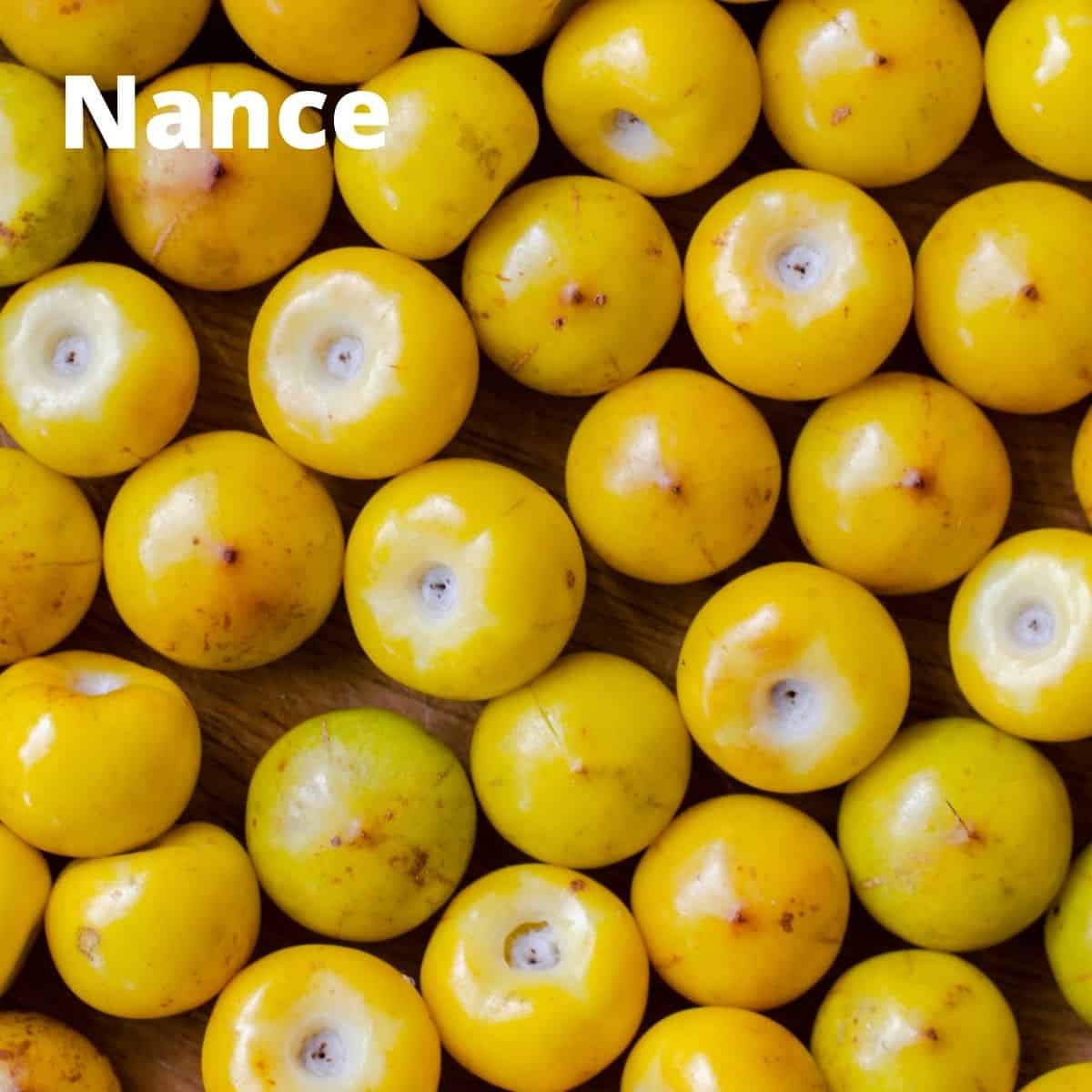
Nance Fruits are small tropical fruits the size of a cherry. They grow in Central America and the Caribbean on the Byrsonima crassifolia tree. A strong and pungent smell, and a sweet taste that is compared to a cross between banana and pear, and a slight cheese-like flavor is their profile. They can be eaten cooked or raw. The skin is edible but easily removed. They are an excellent source of vitamin C and fiber.
Naranjilla Fruit
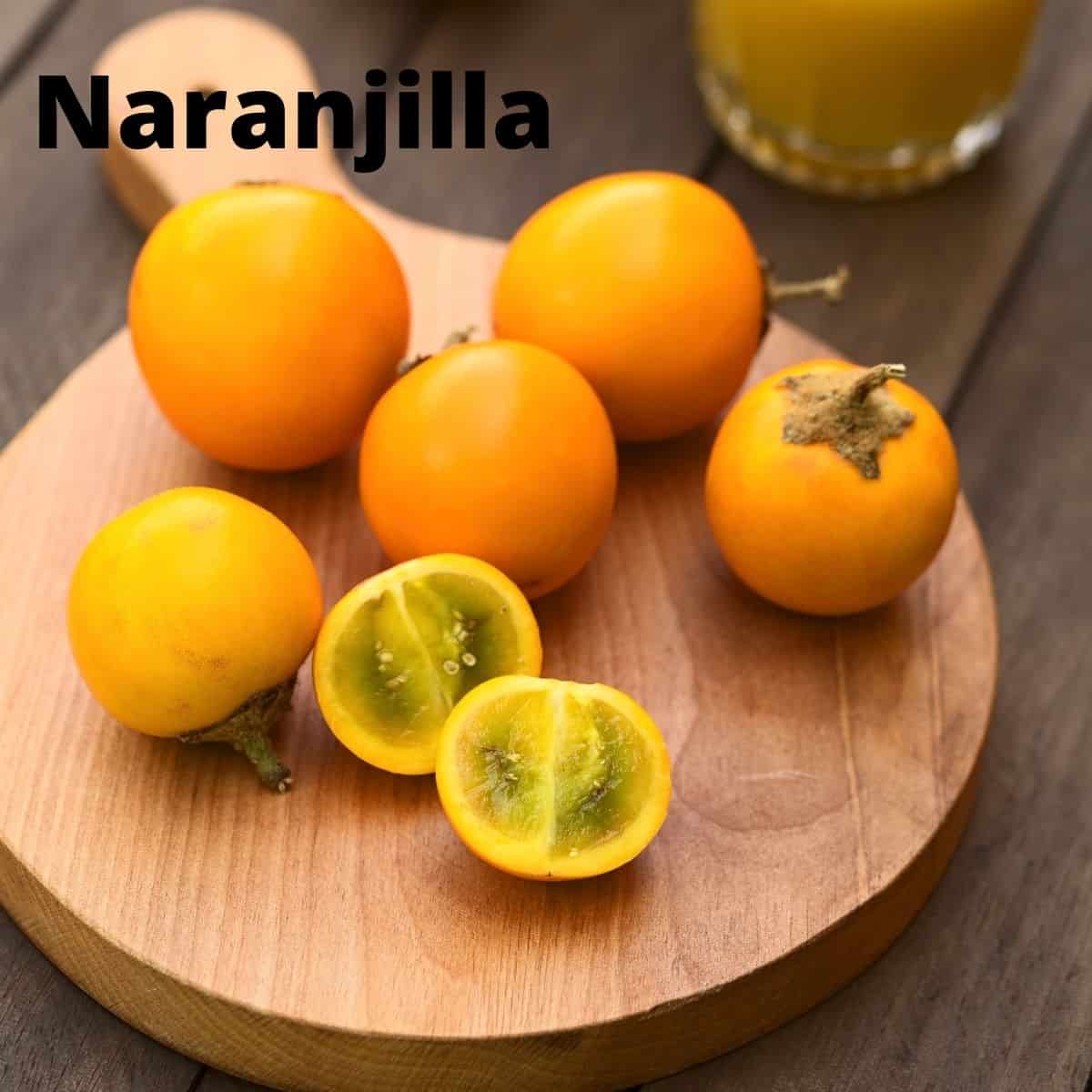
Naranjilla means little orange. However, this fruit does not come from the citrus family. Instead, the closest relative is the tomato. It is found predominately in Central and South America. It has a citrusy flavor. Some say it tastes like a cross between pineapple and lemon. Enjoy it fresh, make it into juice, or prepare it in baked goods, jams, or pies. It is a good source of vitamin C, vitamin A, vitamin B6, vitamin K, folate, niacin, and thiamine, as well as calcium, iron, phosphorus, magnesium, sodium, potassium, zinc, and dietary fiber.
Nashi Pear
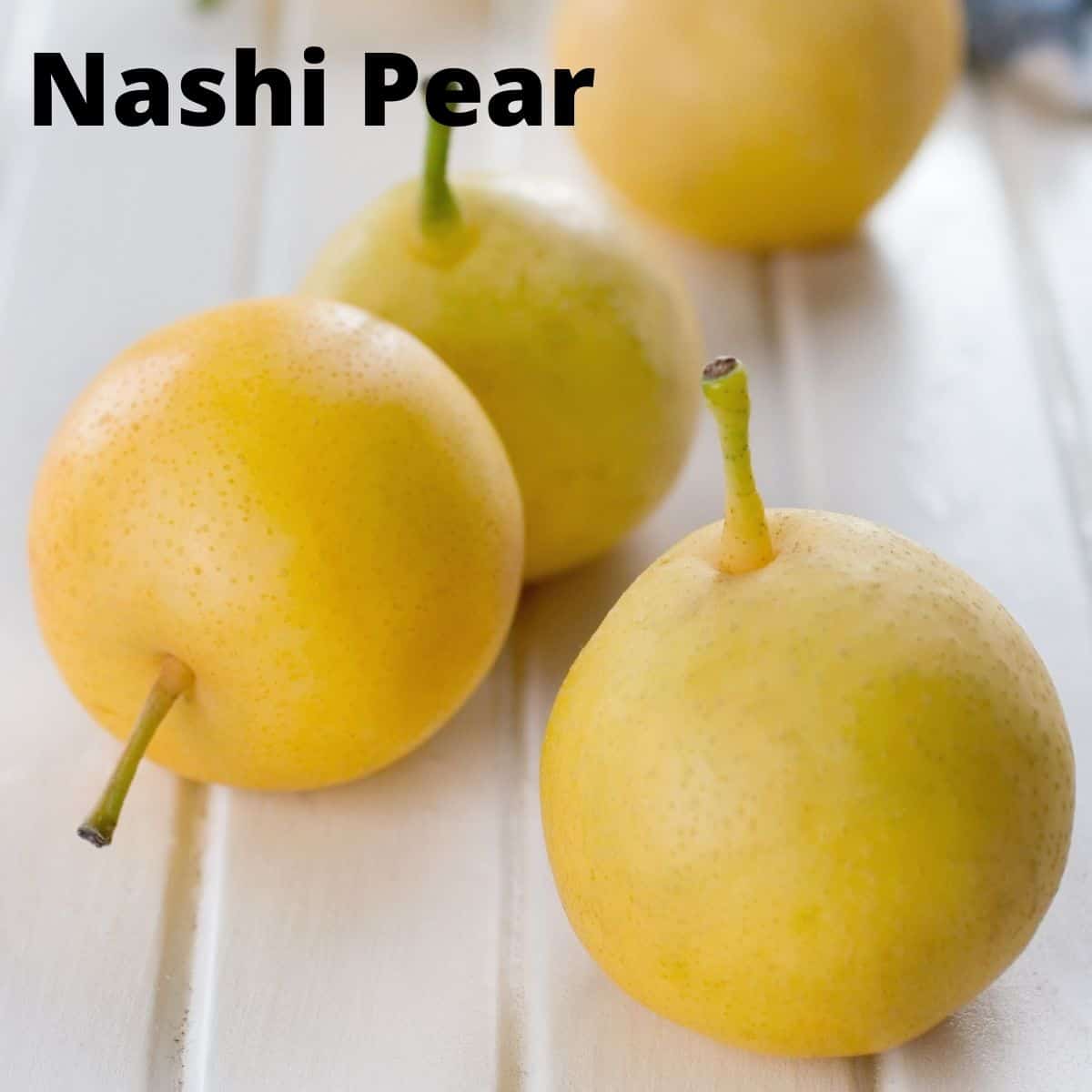
Also known as an Asian pear, the Nashi Pear is round like an apple. It is crisp, sweet, and juicy. They originate in Eastern Asia, and can be enjoyed fresh and raw, and since they are super juicy, they can even be juiced. They are a good source of vitamins C and K.
Natal Plum
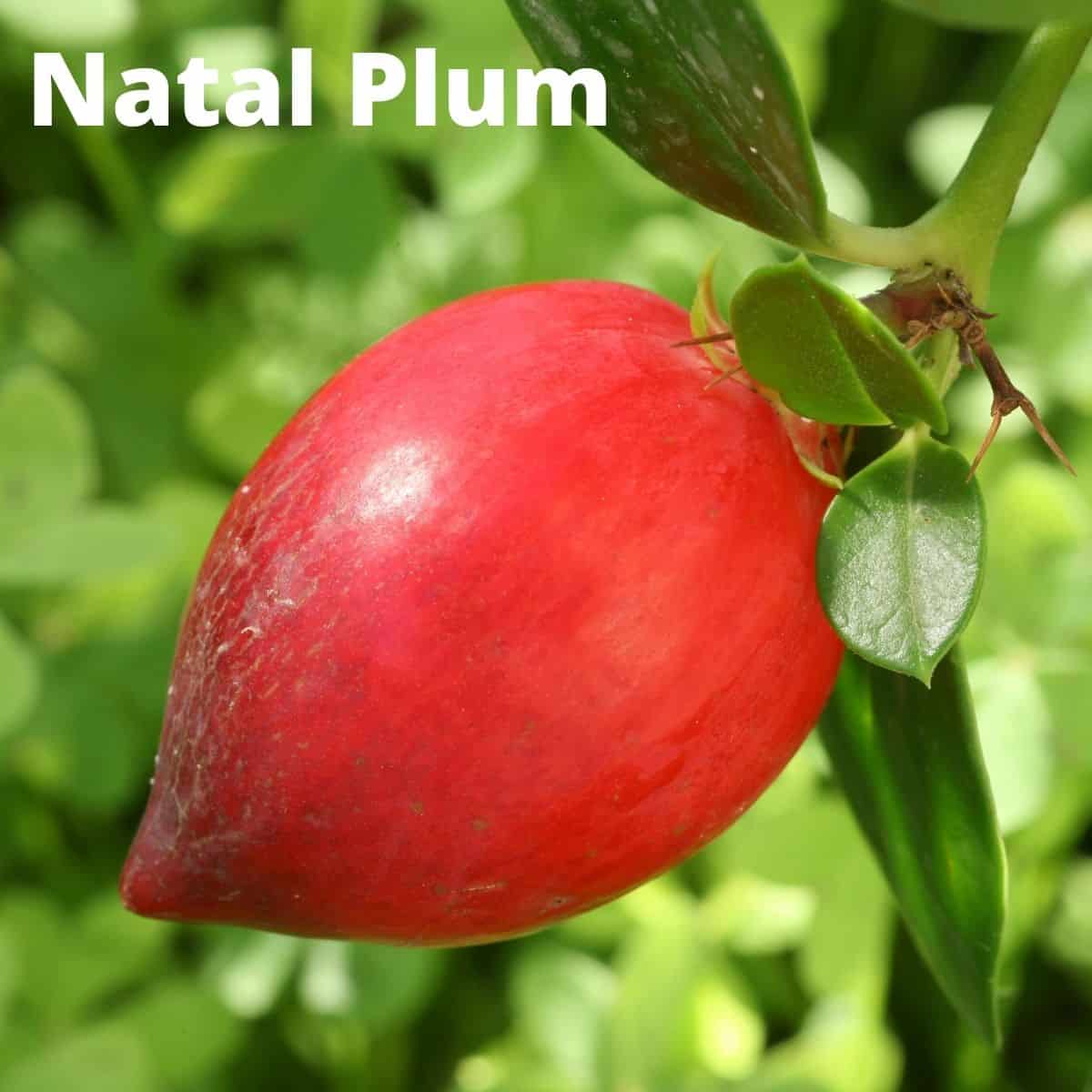
The Natal Plum is a small red fruit with hints of cranberry. It’s a tropical shrub native to South Africa. Contrary to its name, it is not related to the plum. It’s called a natal plum because its size and color are similar to a plum. Eat it fresh or make it into jams and jellies. It is a good source of vitamins C and D.
Navel Oranges
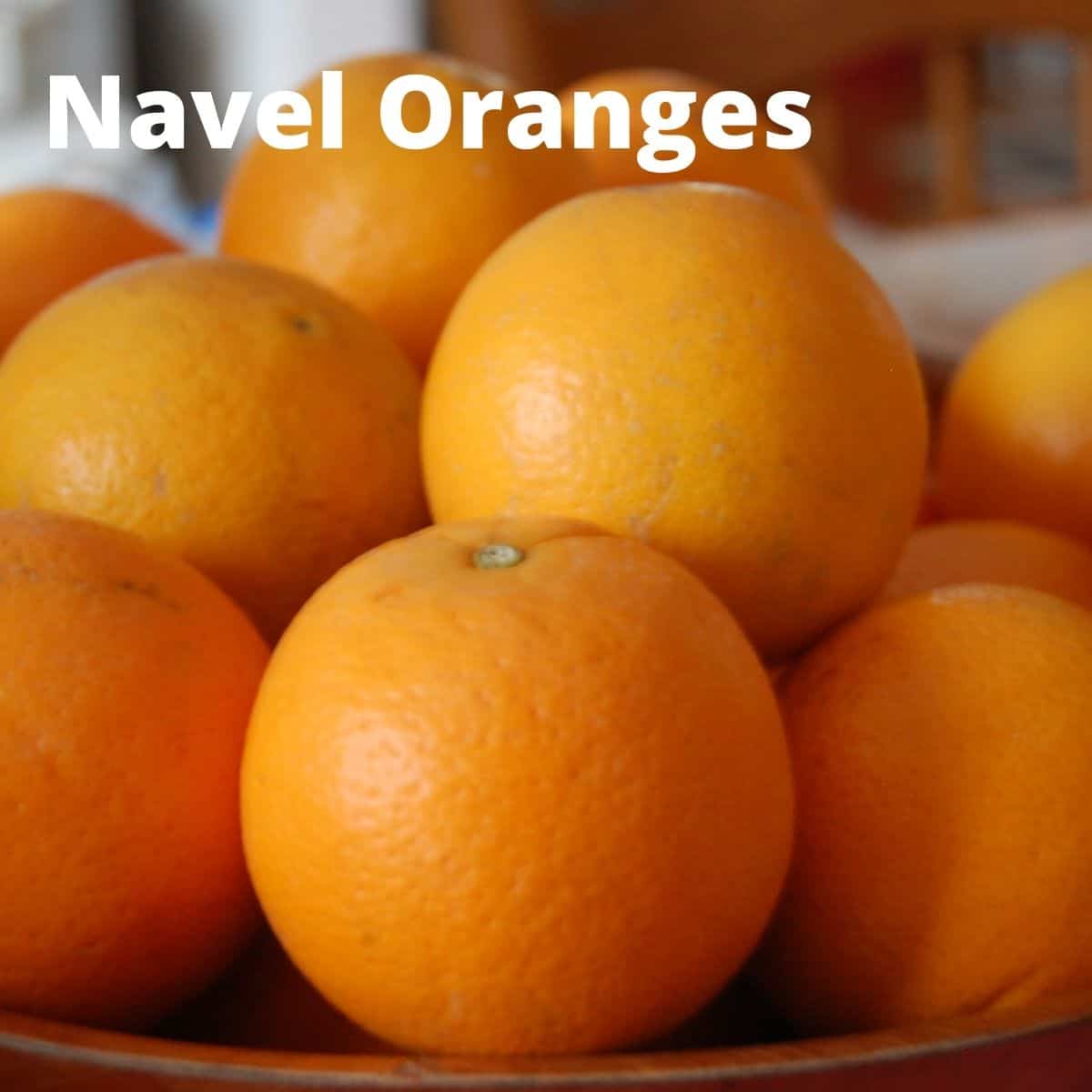
One of the more familiar fruits on this list, the navel orange, is a large, juicy orange distinguished by its slightly oval shape and seedless interior. It has a thick rind and a bright orange color. The fruit itself is juicy, with a sweet and tangy flavor. Naval oranges originate from Brazil, but today are one of the popular types of oranges grown in Florida.
Nectacotum
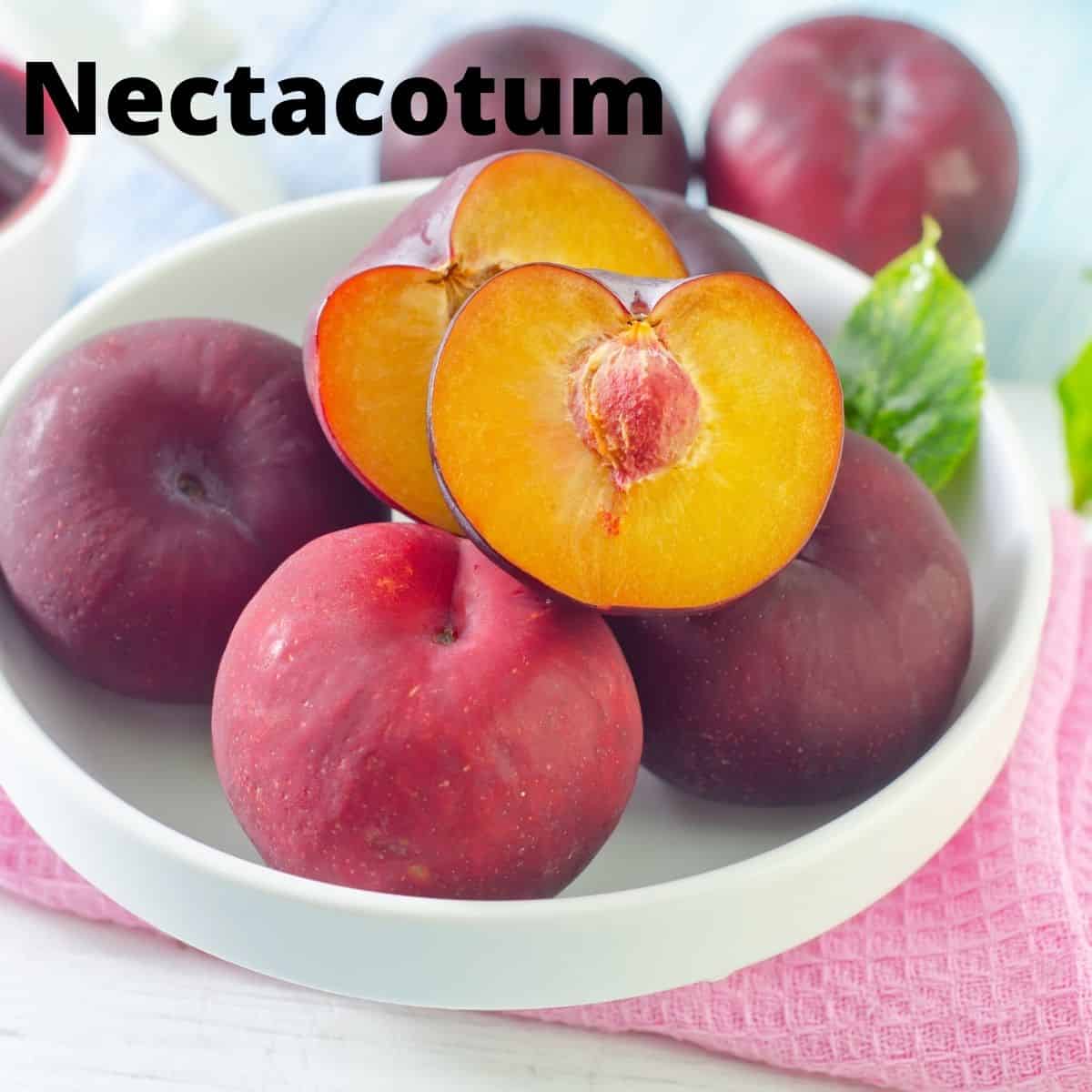
The nectacotum fruit is a hybrid of nectarine, plum, and apricot. It is reddish-pink in color and has a sweet flavor with hints of berries. It is high in vitamin C and tastes delicious when eaten fresh, paired with salads, or made into jam.
Nectarine
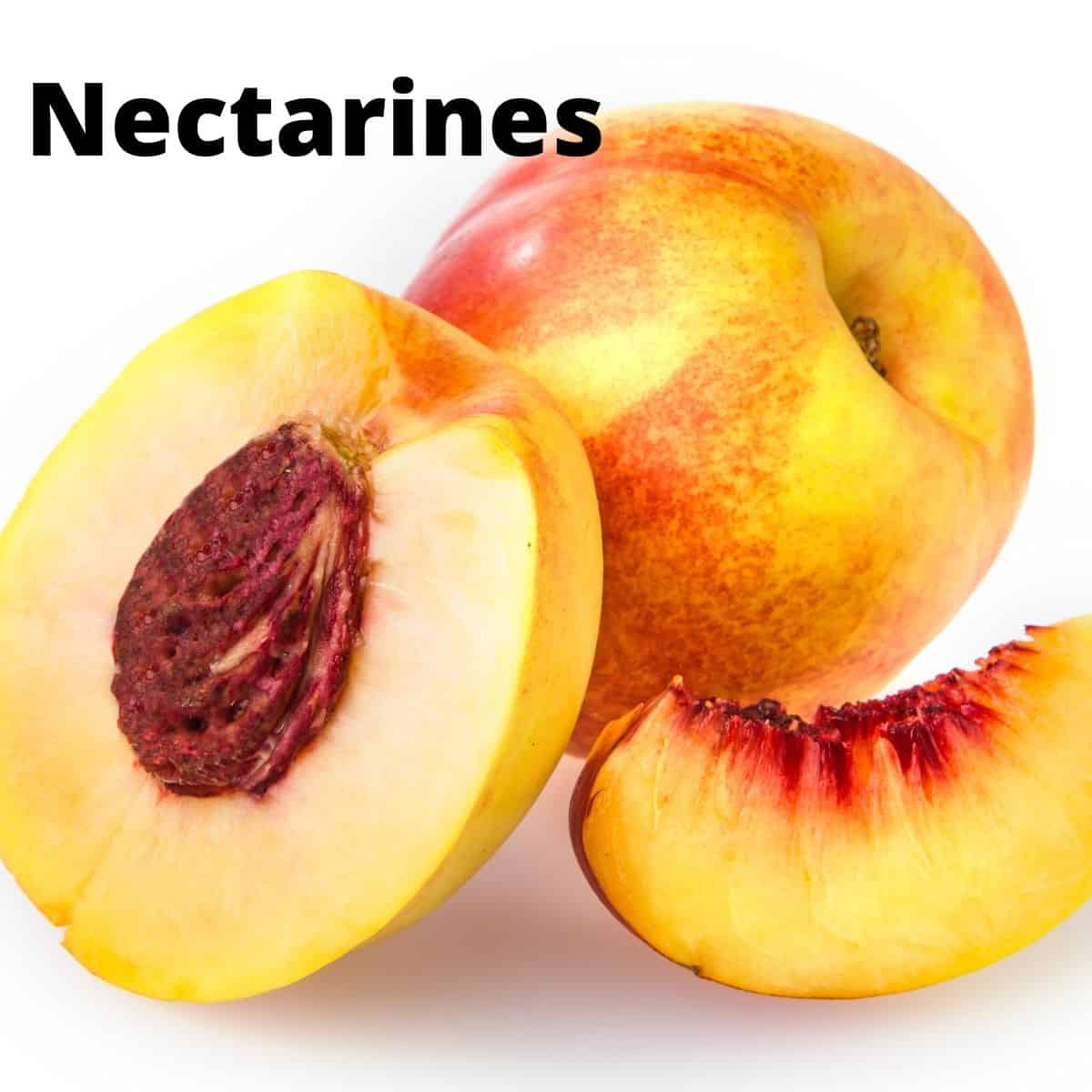
One of the most familiar fruits on this list, Nectarines, are stone fruits with smooth pinkish-orange skin. They originate from China as a natural mutation from peaches. Nectarines are an excellent source of beta-carotene and folate. They are super juicy and taste delicious when enjoyed fresh.
Neem
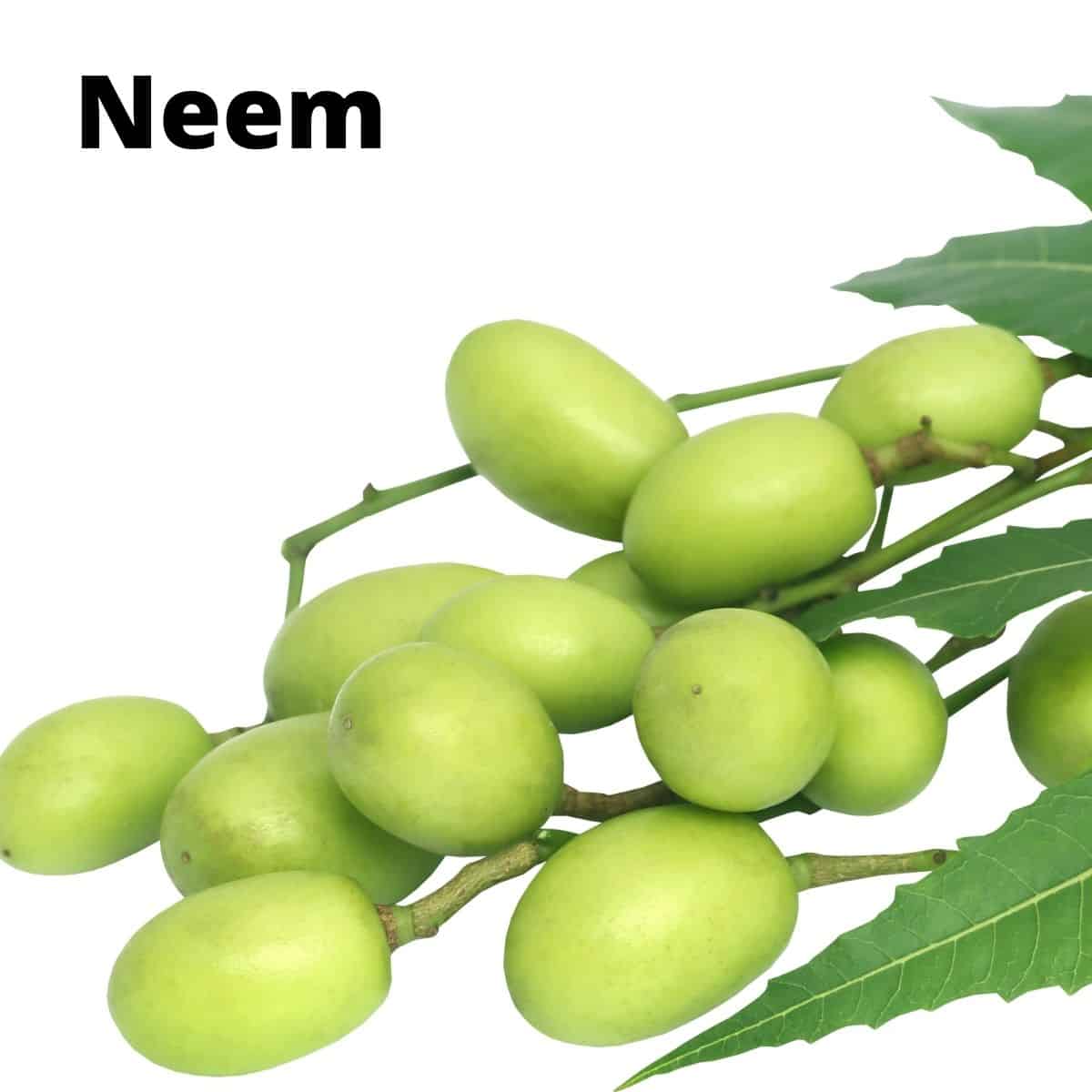
Neem fruit is a native plant from India. It is most commonly used as an extract from its seeds, not often used in cooking because of its sulfuric smell, which is quite unpleasant, and its bitter flavor. Most often it isused as a pest repellant. It has antimicrobial effects that may help bacteria, viruses, and fungi. It is high in antioxidants and is anti-inflammatory.
Nepali Hog Plum
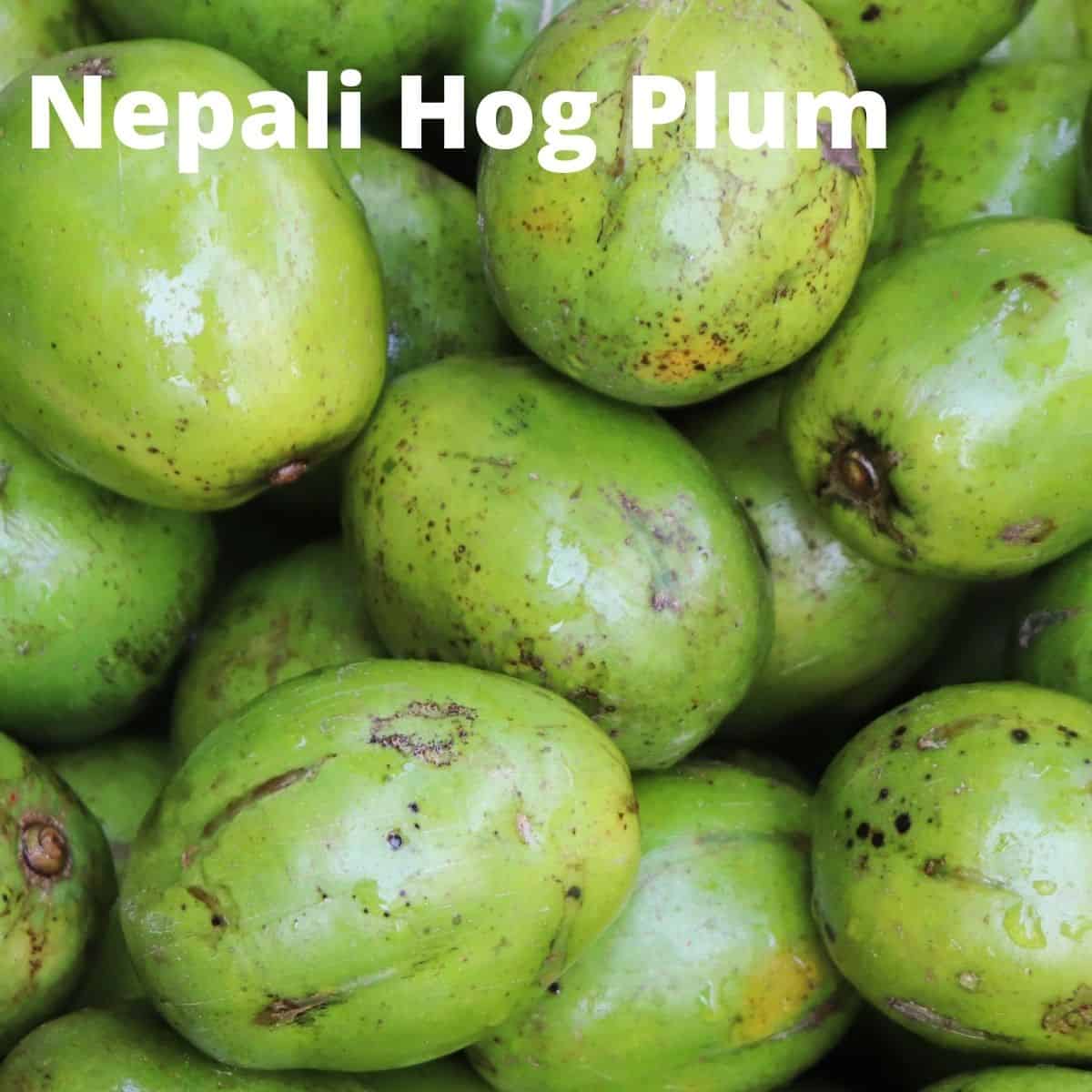
The Nepali hog plum is a subtropical tree grown in Nepal and Bhutan. When ripe, it has a greenish-yellow hue and is sour. While some eat it raw, it is most often cooked and made into dried fruit, combined with sugar or salt to neutralize the sour flavor. Sometimes, it’s cooked with vegetables to add a sour acidic flavor to foods. It is an excellent source of vitamin C.
Nere Fruit
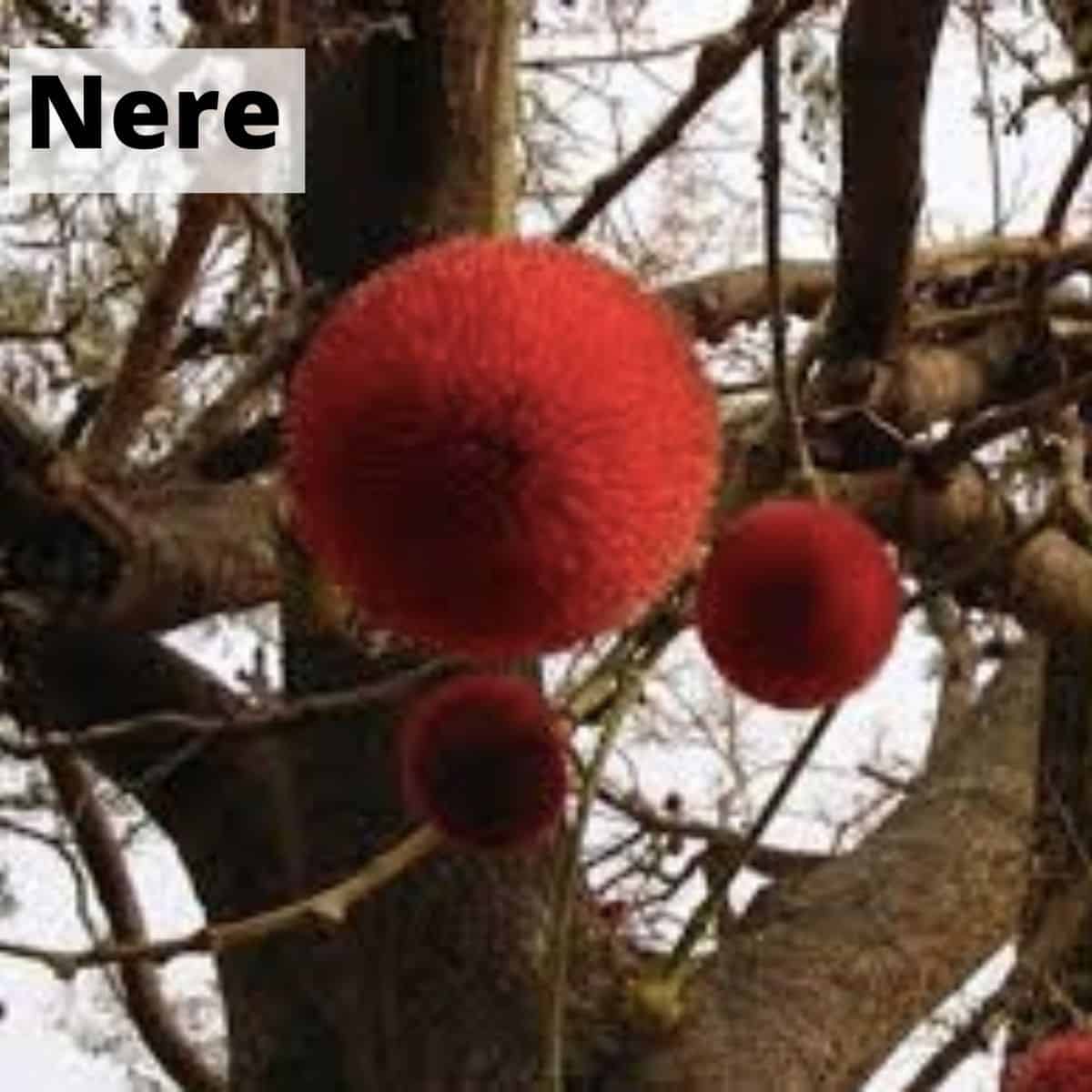
Nere Fruit is grown on the locust bean tree, which is native to Africa. The Nere fruit is pink pods that turn brown when ripe. They are filled with sweet pulp. The seeds are crushed and fermented. Rarely used for cooking, they are instead used for medicinal purposes such as treating bronchitis, pneumonia, skin infections, sores, and much more.
Newtown Pippin Apple
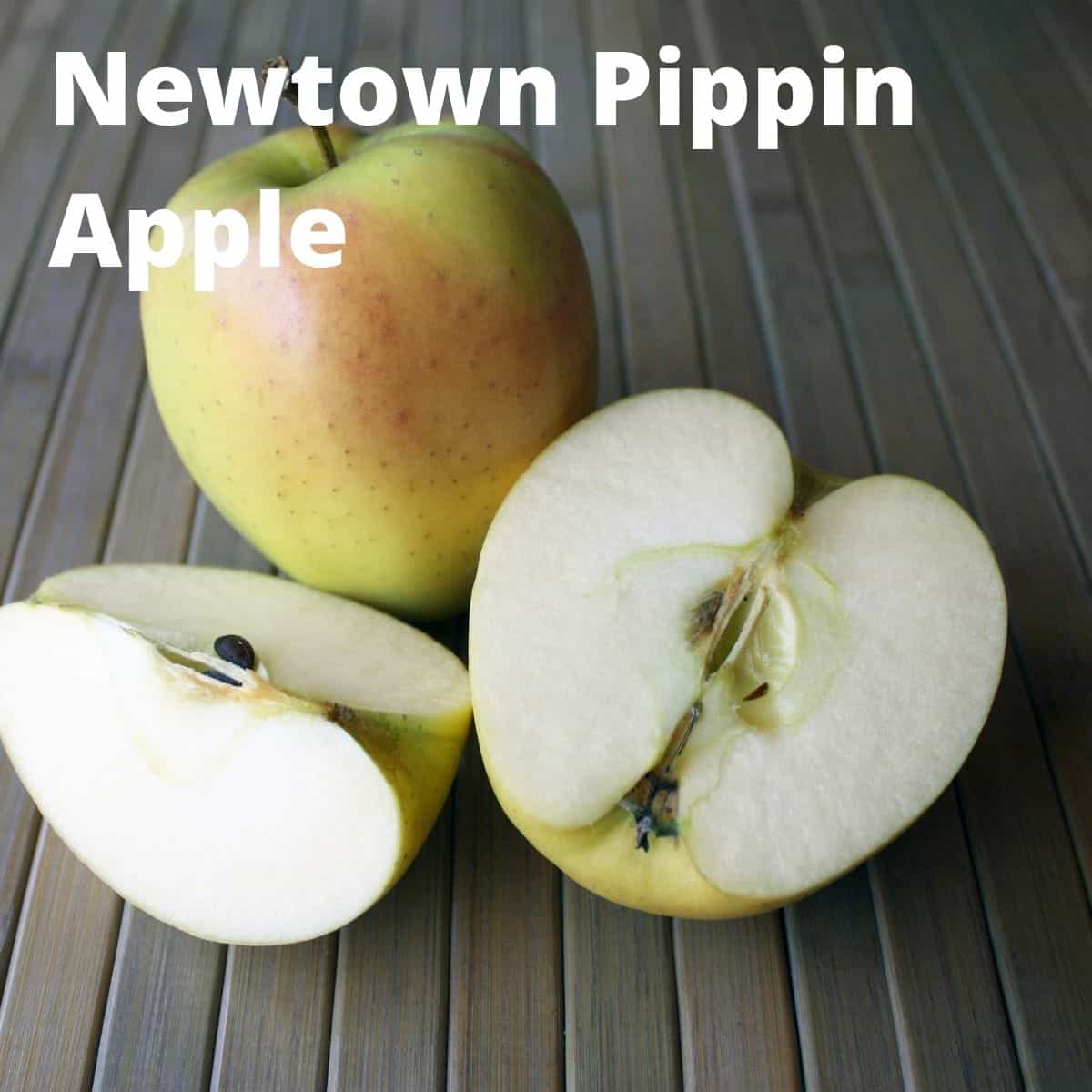
This American apple is one of the lesser-known types because it is not as widely cultivated. Newtown Pippin apples are light green with hints of yellow. They are crisp and tart. They were first discovered growing in Newton, New York, which is now Queens. While they were grown as a dessert apple in the 17th and 18th centuries, they are now primarily used for apple cider. They are a good source of fiber and vitamin C.
Nocera Grapes
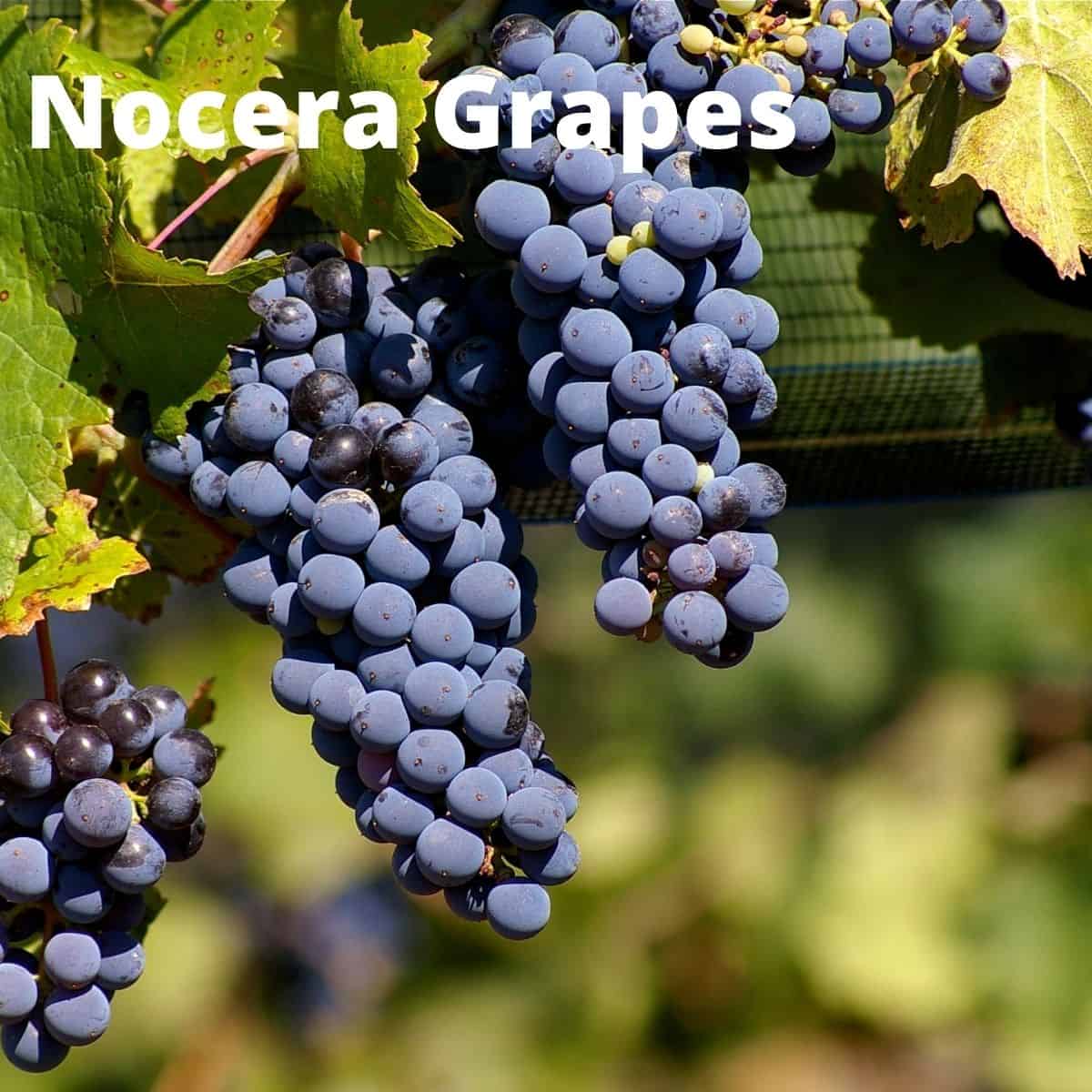
This dark black-purple grape is native to Italy. It is grown in Sicily and parts of Cambria primarily to produce wine.
Nonda Plum
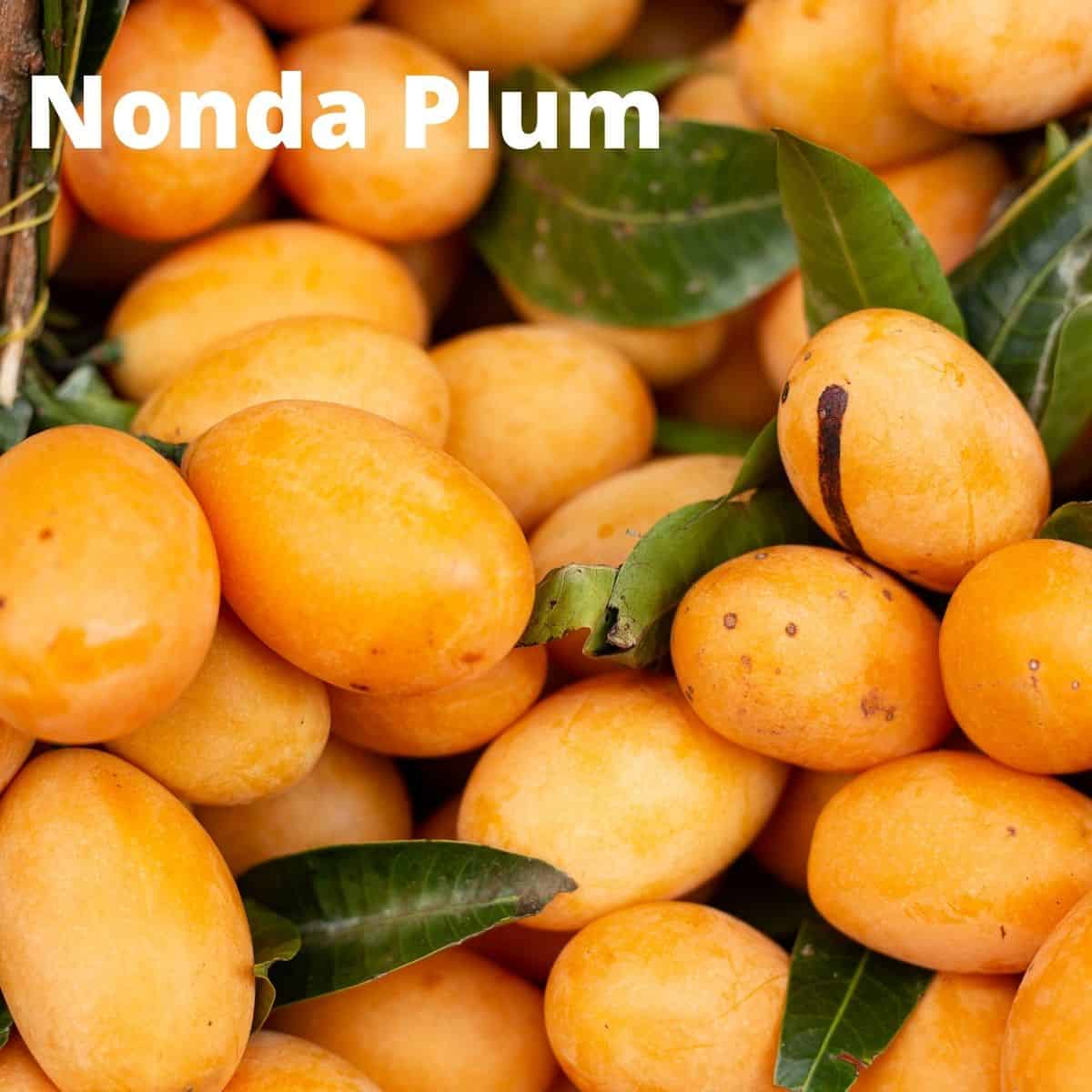
The Nonda Plum grows on a small tree that is native to Australia and New Guinea. This small orange/brown fruit has a flavor similar to baked potatoes. It was food used for survival by the aboriginal people and early explorers of Australia.
Nopales
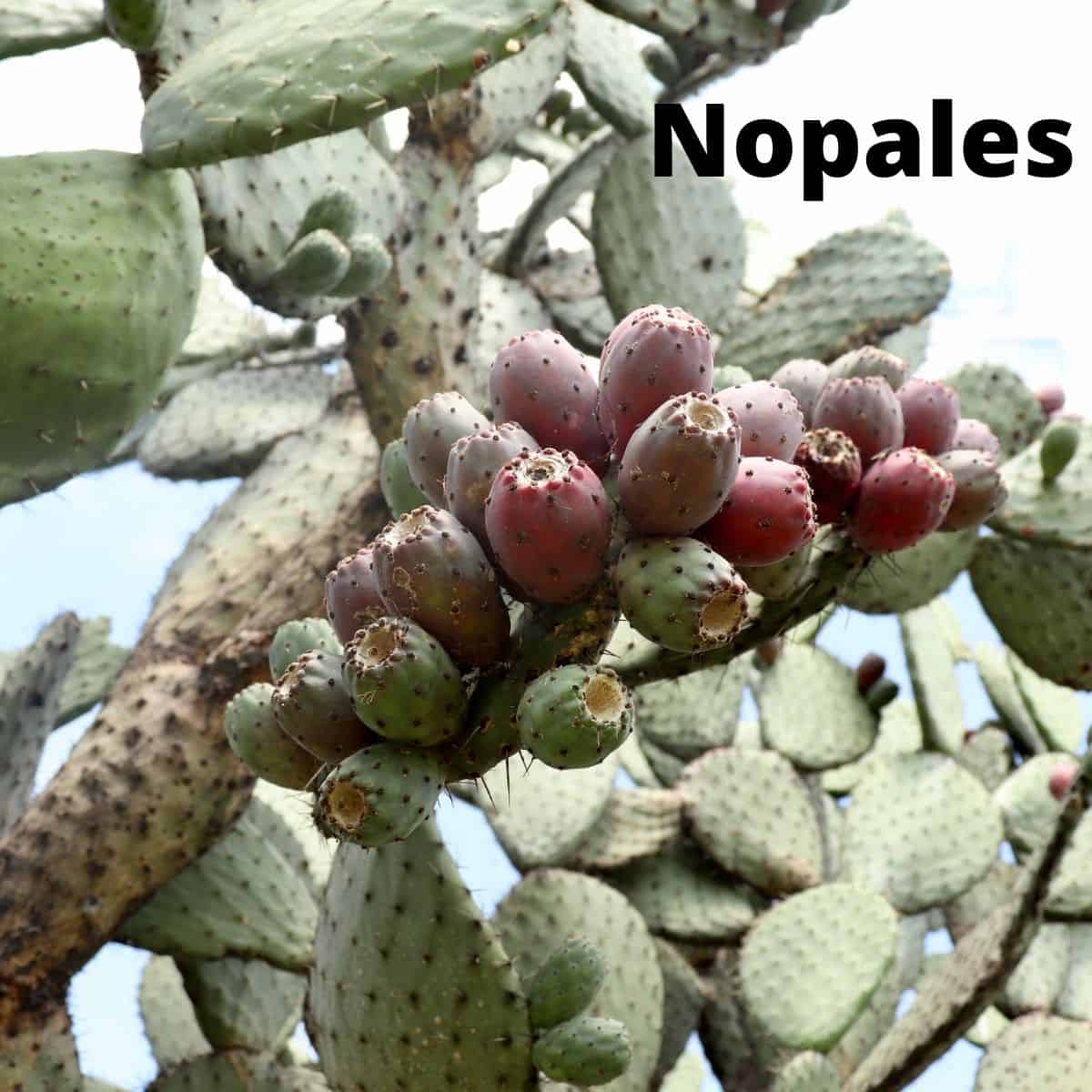
Did you ever think that cacti could be considered a fruit, let alone a fruit that starts with N? Nopales are the paddles of cacti. They come from the cacti that produce prickly pear. Some consider them a fruit, while others may consider them a vegetable. You must remove the prickly thorns and cook them inside to eat them. They have a tart and citrusy flavor. The texture is crunchy yet on the slimy side. Add them to your salads or tacos or eat them as a snack. Naples is a good source of vitamins A and C, potassium, calcium, and manganese.
Northern Spy Apple
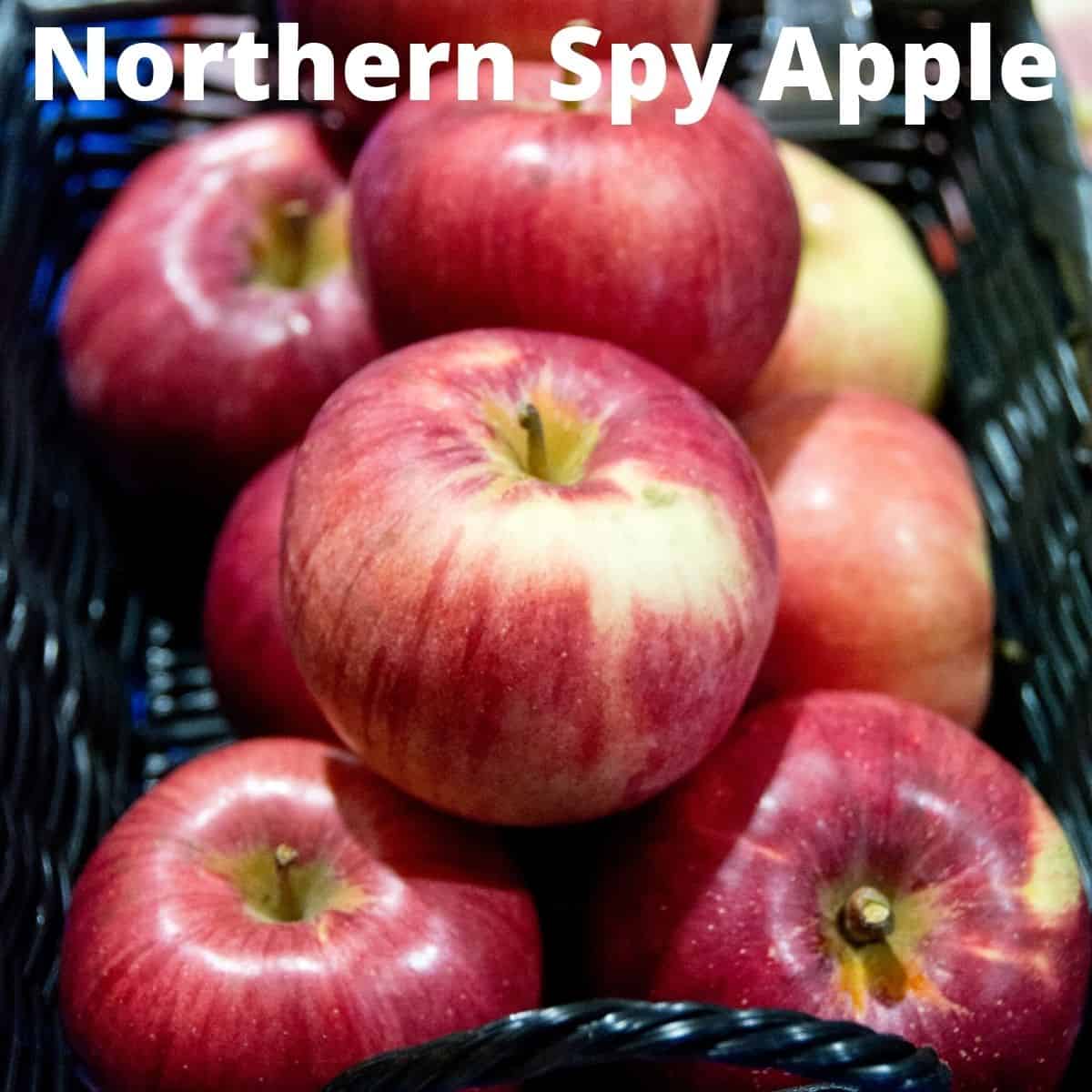
This popular apple variety, the Northern Spy Apple is a late-season winter apple that is harvested in late October through November. It’s a hardy apple that will last through the winter season when kept in a cool dry place. Northern Spy Apples have green and pink coloring. It has a tart flavor with a crisp finish. It tastes delicious, eaten fresh, baked into pies, or made into applesauce. Apples are a good source of vitamin C and fiber.
Nungu
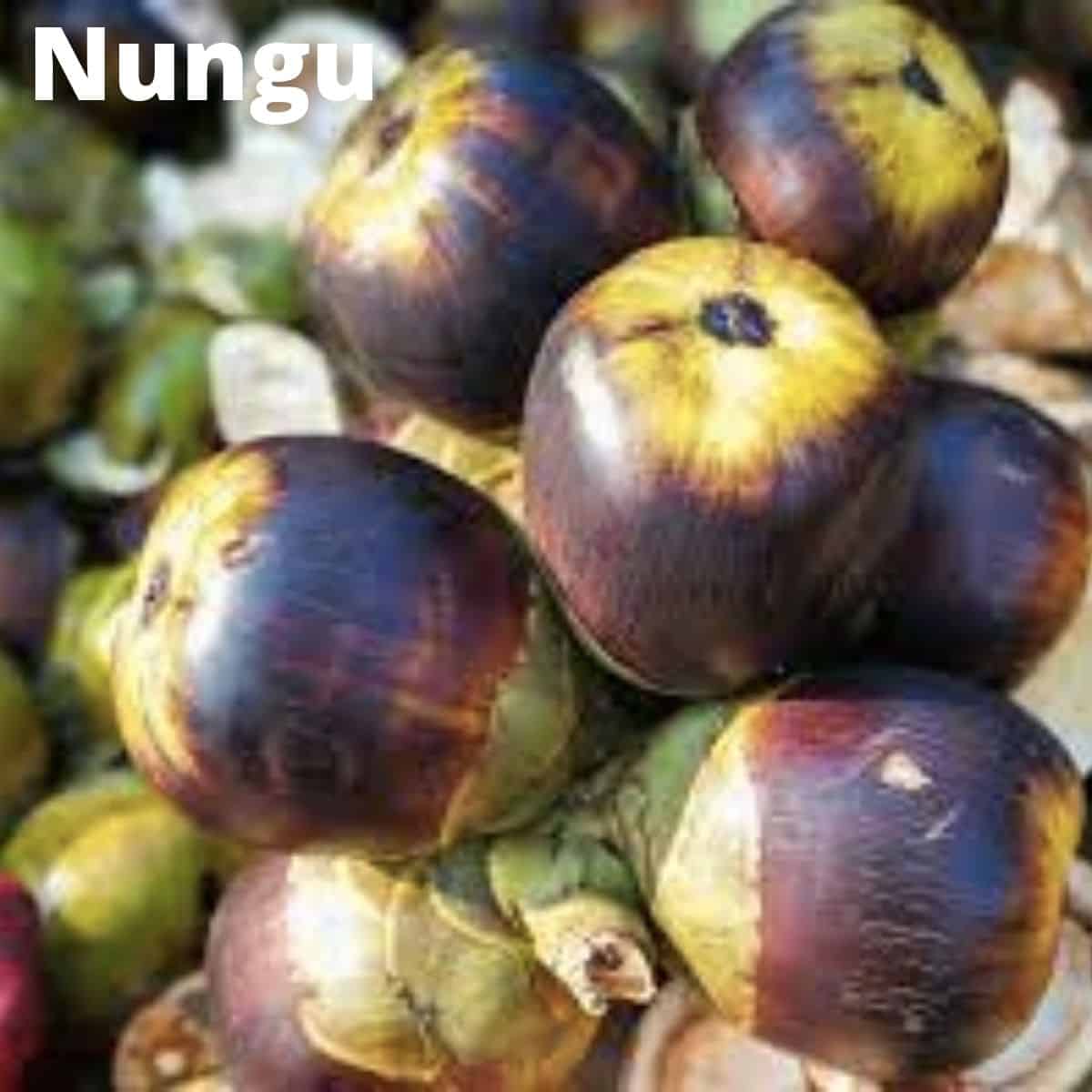
The Nungu (also known as ice apples) grow on tall trees that reach up to 98 feet tall and can live for up to 100 years. The fruit the tree produces is 4-7 inches in diameter with a thick black shell. Inside the shell are jelly-like sockets that are translucent in color. It has a coconut-like flavor. Some say that it is sweet but rather bland. It is eaten raw and mixed with milk and other fruits in a smoothie. It helps you feel full, so some eat it as an appetite suppressant.
Nutmeg Fruit
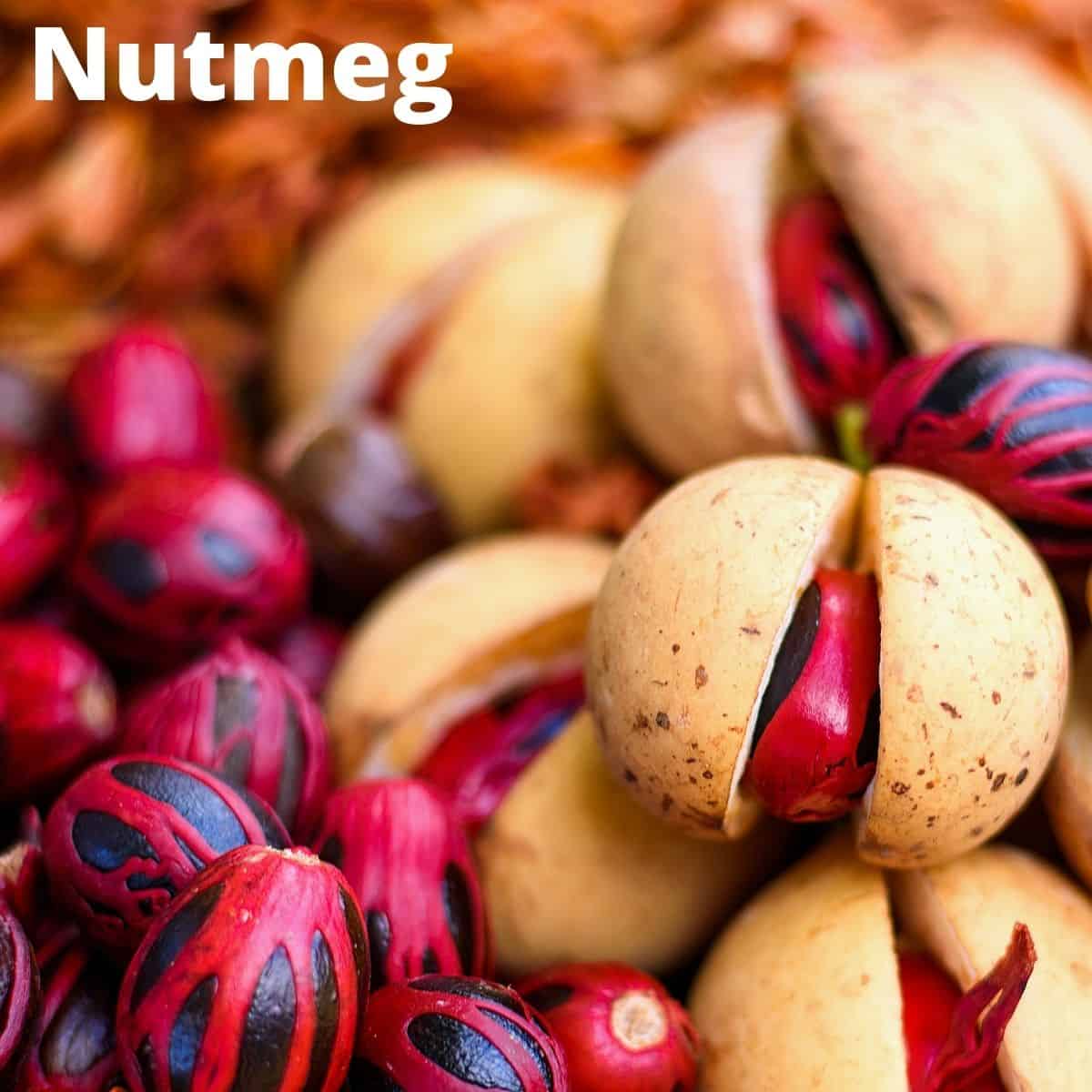
People typically use nutmeg for its warm and aromatic flavor. They obtain this spice from the seed of the fruit, found in Indonesia and the West Indies. While in the United States, we typically only use the seed, in Indonesia, they eat the pulp of the fruit or make it into candy or jam. Nutmeg is similar in appearance and size to an apricot. When they ripe, they split in two. The seed inside is red and spotted.
Nuts
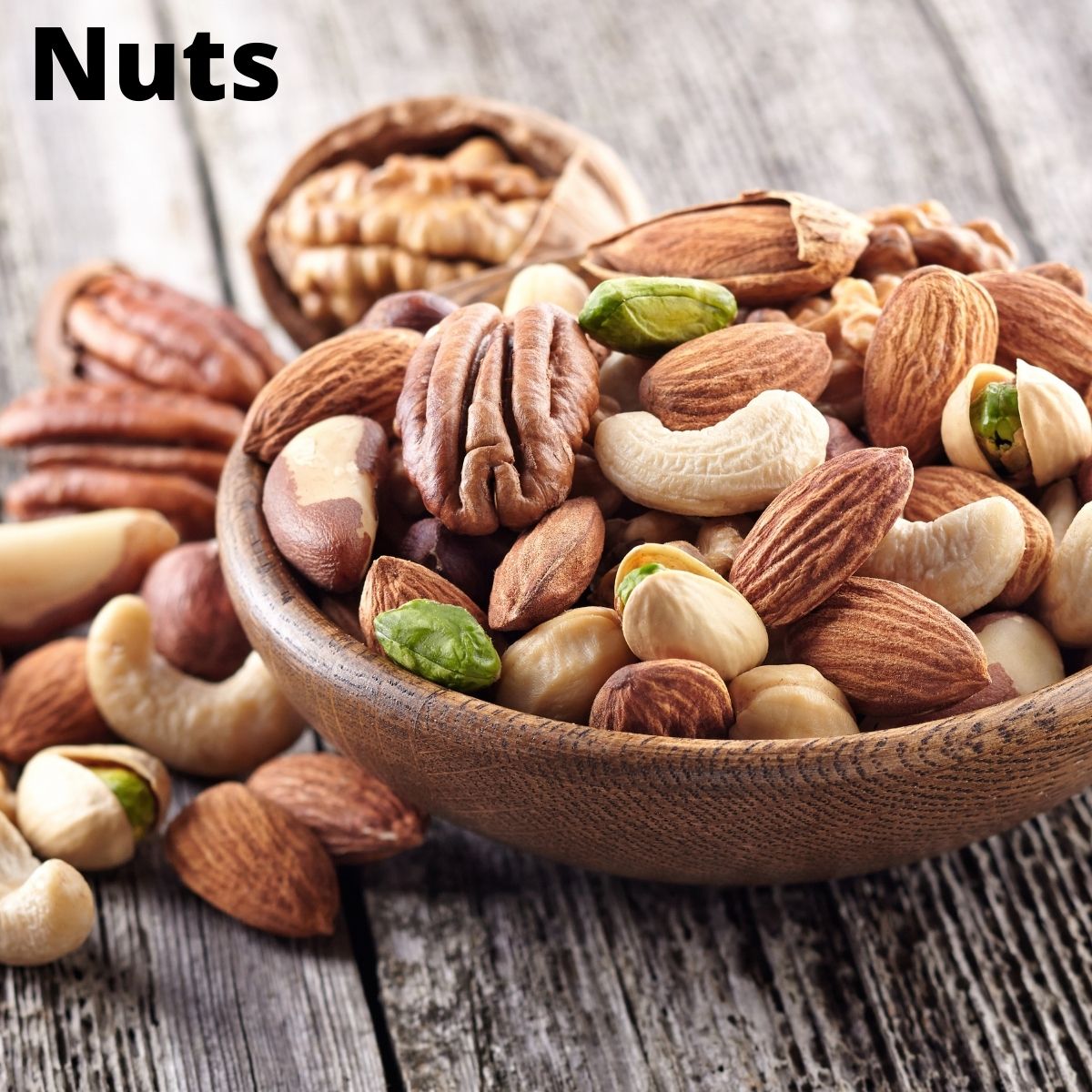
All nuts, except for peanuts, come from fruit. But nuts are not generally considered a fruit. Hazelnuts, cashews, almonds, pecans, and walnuts are the fruits that are commonly . Nuts are excellent sources of protein along with vitamins and minerals such as magnesium, zinc, plant iron, calcium, copper, selenium, phosphorus, and potassium, and vitamin B6, vitamin E, folate, and niacin. Enjoy nuts as a snack, sprinkled on a salad, used in baked goods, made into nut butter, and so much more!
Final Thoughts
There are so many different fruits to try, and these fruits that start with N offer a unique flavor profile that are sure to enhance your cuisine. I hope you found this list of fruits that start with N helpful. Let me know if you have any questions or if there is a fruit that I missed!
More Fruits from A to Z!
Please comment below if you found this article helpful or have any additional questions. You can also follow me on Instagram, Pinterest, and Facebook for more family-friendly vegan recipes!


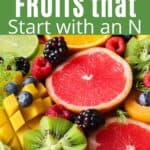
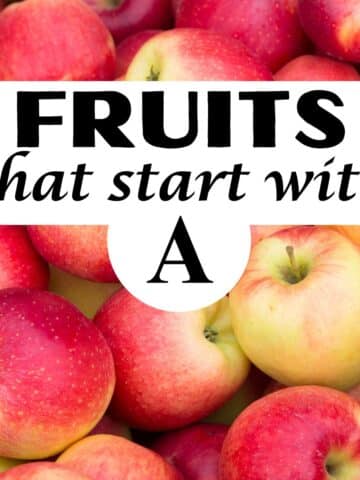
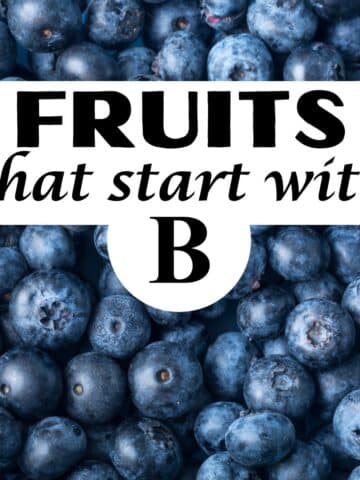
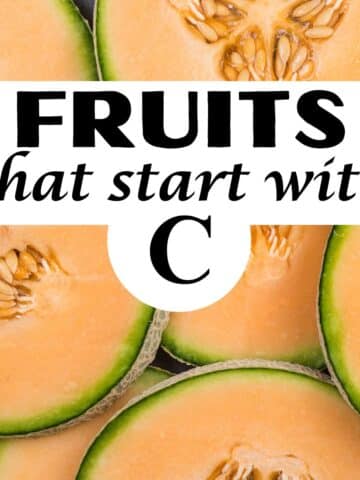
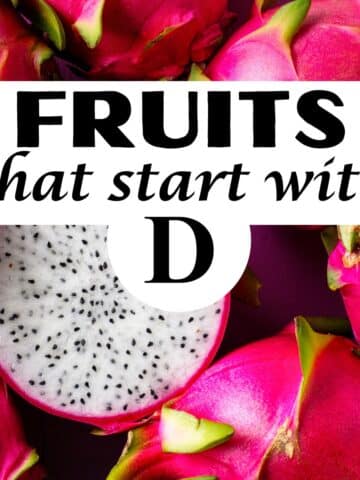
Leave a Reply